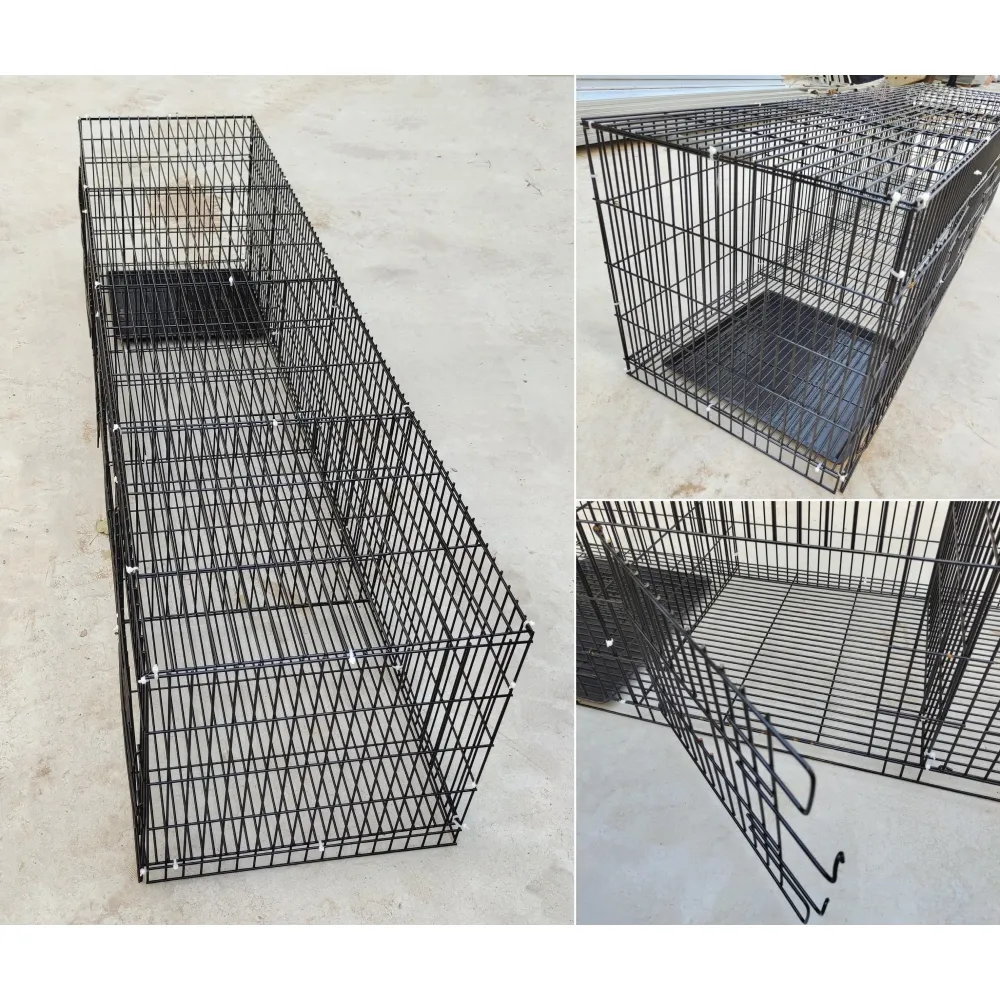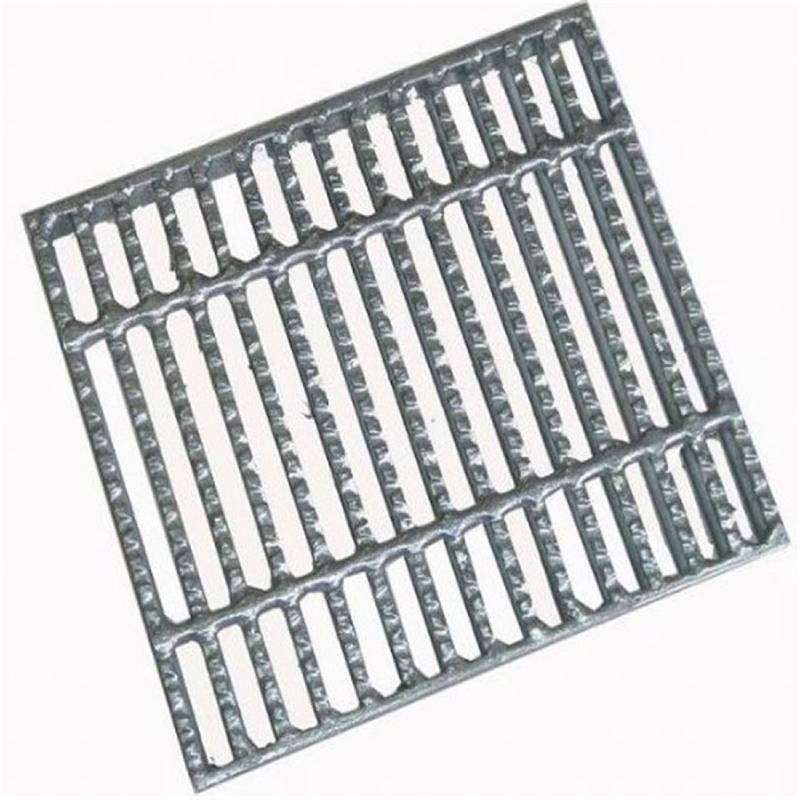Perforated steel grating, a versatile and robust material, stands as an essential solution in various industrial and architectural applications. Its unique combination of strength, durability, and adaptability makes it a preferred choice among professionals working in fields ranging from construction to manufacturing. This article will focus on understanding the benefits and applications of perforated steel grating and why it should be considered a go-to material for your next project.

At its core, perforated steel grating is crafted through a precise process that involves punching holes into a steel substrate. This technique not only reduces the weight of the steel but also enhances its aesthetic appeal, allowing for innovative design approaches that intertwine functionality with visual appeal. For architects and designers, this offers a versatile canvas for creativity without compromising on structural integrity.
One of the standout features of perforated steel grating is its ability to maintain high levels of load-bearing capacity while remaining lightweight. This characteristic is particularly valuable in industrial applications such as platforms, walkways, and stair treads where safety and durability are paramount. The perforation pattern and thickness of the grating can be customized to meet specific engineering requirements, ensuring optimal performance under varying conditions.

From a maintenance perspective, perforated steel grating shines with its low upkeep requirements. Its open-area design prevents the accumulation of water, oils, and other debris, thereby reducing the risk of corrosion and prolonging the lifespan of the material. This property is a significant advantage in settings involving exposure to harsh weather conditions or corrosive environments, like chemical plants and maritime facilities.
perforated steel grating
Beyond industrial applications, perforated steel grating has carved its niche in architectural design as well. Its ability to provide texture and dimension to surfaces makes it a popular choice for facades, sunshades, and interior partitions. These applications are not just about functionality; they also offer an aesthetic enhancement that is flexible and modern, aligning with contemporary architectural trends. The ability to manipulate light and shadow through its perforations adds a dynamic element to spaces, creating environments that are both functional and visually stimulating.
Moreover, the sustainability aspect of using perforated steel grating cannot be ignored. Steel is an eco-friendly material due to its high recycling rate.
Perforated steel grating can be recycled without degradation of quality, promoting sustainable practices within industries. This quality becomes crucial as more companies and products are held to higher environmental standards, and utilizing recycled materials is a step towards reducing carbon footprints.
On the expertise front, collaborating with a reputable manufacturer or supplier of perforated steel grating is essential. Experienced professionals can offer insights into the optimal designs and configurations suitable for your specific needs, ensuring that the grating system is engineered for maximum efficiency and safety. Their authoritative stance in the market, supported by years of innovation and service, provides assurance in the quality and performance of the material, affirming trust in their expertise.
In conclusion, the multifaceted nature of perforated steel grating makes it an invaluable resource across various domains. Its robust performance, coupled with aesthetic flexibility and sustainability features, aligns well with the demands of modern design and industrial applications. As an authoritative voice on this subject, the insights and benefits outlined here should guide industry professionals in making informed decisions that blend functionality, style, and environmental responsibility. Investing in perforated steel grating not only enhances project outcomes but also reflects a deeper commitment to quality and innovation.
























